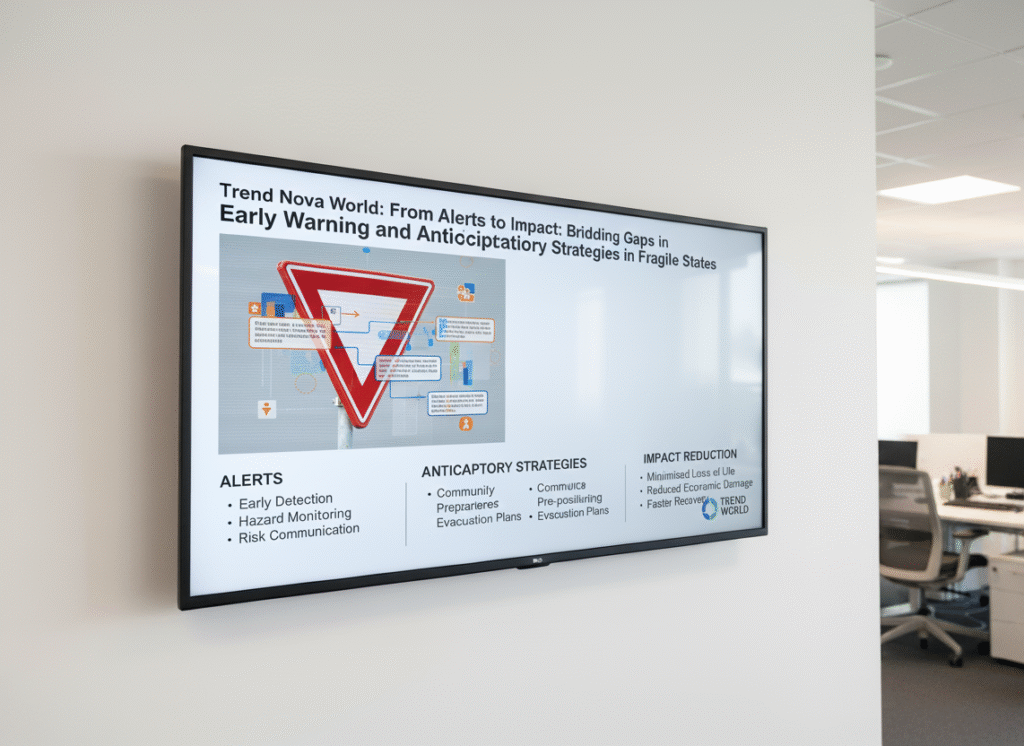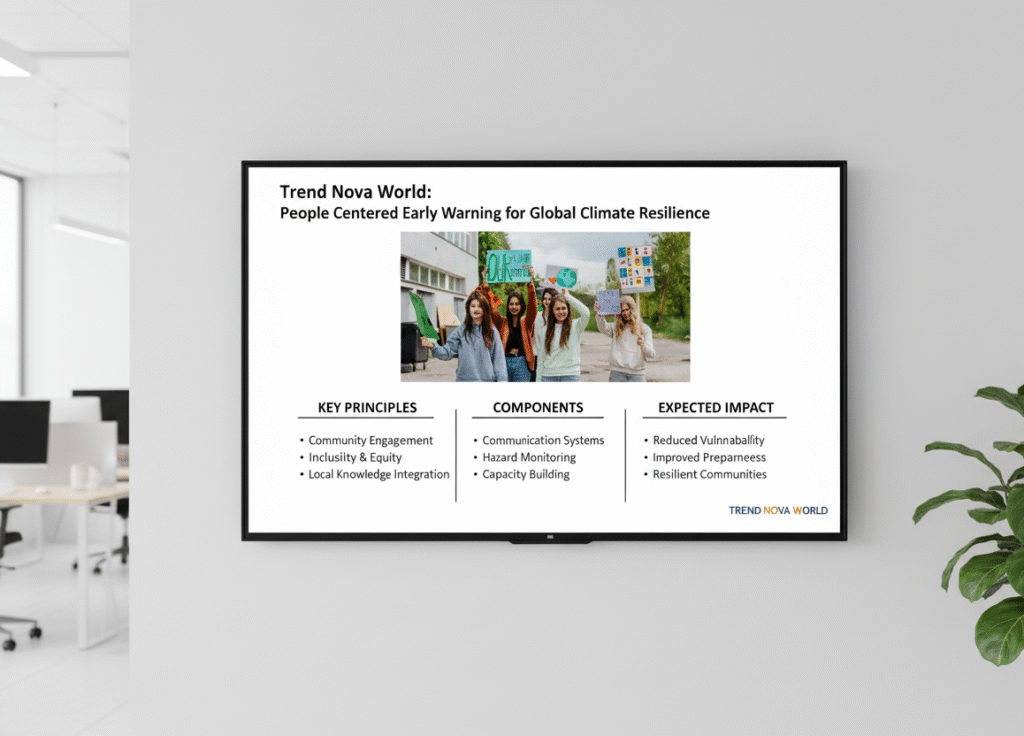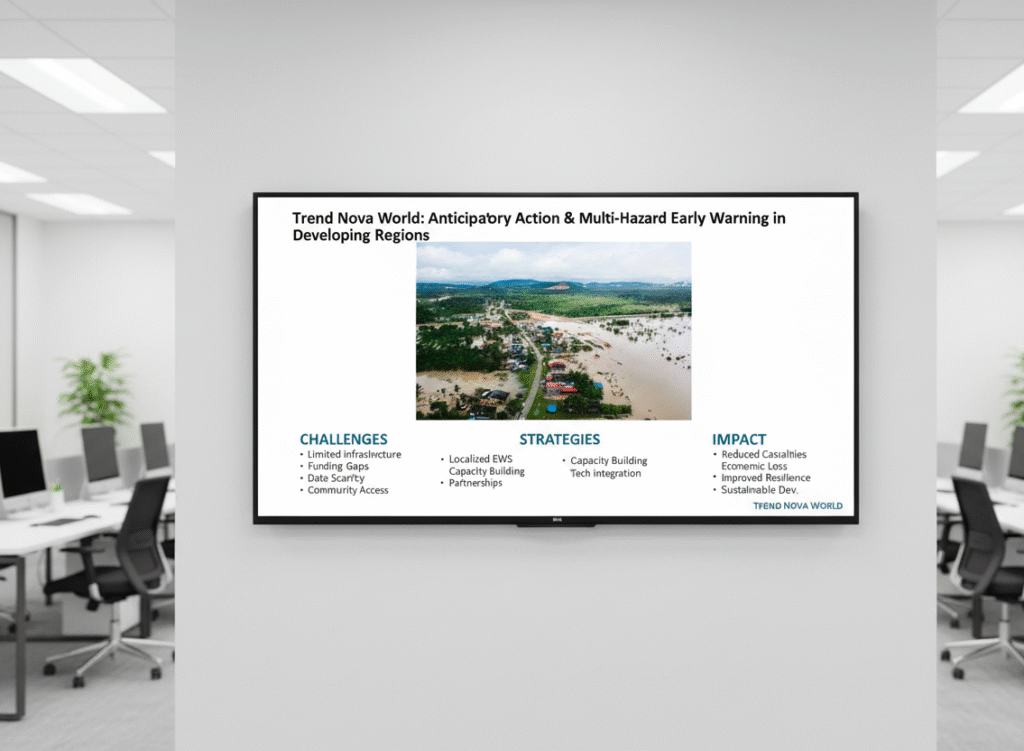Unlock your blueprint for international infrastructure development with insights on trends, financing, projects, and sustainable strategies for 2025 and beyond in this essential guide.

The world stands at a pivotal moment where infrastructure isn’t just about building roads and bridges it’s about forging pathways to a sustainable, connected, and prosperous future. As we enter the latter half of 2025, global demands for resilient systems are surging, driven by population growth, urbanization, and climate imperatives. Estimates show that to meet sustainable development goals, the world needs to invest around $6.9 trillion annually in infrastructure up to 2050, focusing on sectors like energy, transport, and water. This blueprint serves as your comprehensive guide to navigating international infrastructure development, offering strategies, insights, and real-world examples to turn ambitious visions into tangible realities.
Whether you’re a policymaker crafting national plans, an investor eyeing high-impact opportunities, or an engineer designing the next landmark project, this guide equips you with the tools to build smarter. We’ll explore core principles, emerging trends, financing models, challenges, and forward-looking strategies. Drawing from global expertise and ongoing megaprojects, it highlights how collaboration across borders can address gaps and drive innovation. By prioritizing sustainability and inclusivity, we can create infrastructure that not only supports economic growth but also protects our planet for generations to come. Let’s dive into the blueprint that will shape tomorrow’s world.
The Foundations of International Infrastructure Development
Infrastructure forms the backbone of modern societies, enabling trade, mobility, and access to essential services. But in an international context, it transcends national boundaries, requiring coordinated efforts to tackle global challenges like climate change and inequality.
Defining Infrastructure in a Global Context
Infrastructure encompasses physical and digital assets that support economic and social functions. Traditional categories include transportation (roads, railways, airports), energy (power grids, renewables), water and sanitation, and telecommunications. Today, it also includes green infrastructure like urban forests and resilient coastal defenses. The Global Infrastructure Hub estimates that by 2040, the world will need $94 trillion in investments across 56 countries to keep pace with growth. International development amplifies this by integrating cross-border elements, such as transnational pipelines or high-speed rail networks linking continents.
In developing regions, infrastructure gaps hinder progress—over 2 billion people lack safe drinking water, and inadequate roads cost economies billions in lost productivity. Developed nations face aging assets needing upgrades for resilience against extreme weather. A holistic blueprint must address these disparities, emphasizing equitable access and long-term viability.
The Imperative for Sustainable Development
Sustainability is no longer optional; it’s integral to any blueprint. The UN’s Sustainable Development Goals (SDGs) underscore this, with SDG 9 focusing on resilient infrastructure. Sustainable projects minimize environmental impact, promote social inclusion, and ensure economic feasibility. For instance, lifecycle approaches consider planning, construction, operation, and decommissioning to reduce carbon footprints.
Frameworks like the Envision Sustainable Infrastructure Framework provide tools for professionals to assess and improve projects across criteria like resource efficiency and community benefits. Adopting such standards ensures investments yield lasting value, aligning with global commitments like the Paris Agreement.
Key Trends Driving Infrastructure Evolution in 2025
As 2025 unfolds, several megatrends are reshaping how we plan and execute infrastructure projects. These forces demand adaptive strategies in your blueprint.
Decarbonization and the Green Transition
Decarbonization tops the agenda, with infrastructure investors optimistic about long-term opportunities in renewables. Global capex in clean energy is projected to reach $363 billion in 2025, a 35% year-over-year increase, fueled by geopolitical shifts and energy security needs. Projects like hydrogen hubs and electric vehicle charging networks are proliferating.
In Europe, the Green Deal channels funds into low-carbon transport, while emerging markets leverage solar and wind for leapfrog development. Your blueprint should incorporate net-zero designs, using materials like low-carbon concrete and integrating circular economy principles to reuse resources.
Digitalization and Smart Infrastructure
Digital transformation is revolutionizing infrastructure, with AI, IoT, and big data enabling predictive maintenance and efficient operations. By 2025, trends include smart cities where sensors optimize traffic flow and energy use. The UNCTAD World Investment Report notes a 31% drop in renewable energy investments in developing countries, highlighting the need for digital tools to bridge financing gaps.
Blockchain for transparent supply chains and 5G for connected infrastructure are key. In your plans, prioritize cybersecurity and data privacy to build trust in these systems.
Resilience Against Climate and Geopolitical Risks
Rising geopolitical tensions and climate events are prompting resilient designs. Infrastructure must withstand floods, droughts, and supply chain disruptions. Trends point to public-private partnerships (PPPs) for funding resilient projects, with a focus on mid-market opportunities amid tariffs and inflation.
Emerging areas include port revitalization and critical minerals extraction to secure supply chains. Incorporate climate modeling in site selection and use modular construction for flexibility.
| Trend | Key Drivers | Implications for Blueprint |
|---|---|---|
| Decarbonization | Geopolitical tensions, energy security | Integrate renewables, low-carbon materials |
| Digitalization | AI, IoT adoption | Smart systems for efficiency, data-driven decisions |
| Resilience | Climate change, supply chain risks | Adaptive designs, PPPs for funding |
Spotlight on Major Global Infrastructure Projects
Learning from ongoing megaprojects provides practical insights for your blueprint. These initiatives showcase scale, innovation, and collaboration.
Transportation Megaprojects
The world’s largest construction endeavors include high-speed rail networks. China’s projects completing in 2025, like expanded bullet trains, represent massive engineering feats. In the US, initiatives like One River North in Colorado and Hudson Yards in New York blend urban development with transport hubs.
Asia’s new airports, such as one of the continent’s largest opening in 2025, highlight aviation growth. These projects emphasize sustainable aviation fuels and efficient designs.
Energy and Utilities Initiatives
Renewable megaprojects dominate, like Australia’s vast solar farms and Chile’s push for 100% clean energy by 2040. The world’s largest solar plant and submarine power cables are part of ambitious electricity infrastructure.
In the Middle East, Saudi Arabia’s NEOM integrates green tech in a futuristic city model.
Urban and Innovative Developments
Europe thrives with investments in sustainable urbanism, attracting global interest. Projects like timber buildings and orbiting labs push boundaries.
Financing Strategies for International Projects
Securing funds is a cornerstone of any blueprint, yet challenges abound.
Traditional and Innovative Funding Models
Global requirements hover at $3.9 trillion annually, with emerging markets needing the most. PPPs are vital, but face issues like weak financial oversight and regulatory confusion.
Green bonds and multilateral banks like the World Bank provide alternatives. Rethinking finance involves addressing insufficient bankable projects, not just funding shortages.
Overcoming Financing Challenges
Key hurdles include high borrowing costs in developing countries and geopolitical risks. Solutions: Strengthen PPP frameworks, diversify investors, and use blended finance mixing public and private funds.
China’s investments outpace others, but U.S. efforts need better strategies.
Navigating Challenges in Infrastructure Development
From legal complexities to environmental concerns, challenges test resilience.
Regulatory and Geopolitical Hurdles
Diverse political systems and domestic laws complicate projects. Mitigate with international agreements and stakeholder engagement.
Environmental and Social Impacts
Ensure projects align with SDGs, conducting thorough impact assessments.
Technological and Skills Gaps
Adopt training programs to build local capacity.
Case Studies: Success Stories Worldwide
Sweden’s HYBRIT for fossil-free steel and Germany’s Energiewende exemplify green shifts.
In Africa, fog harvesting in Morocco addresses water scarcity. Wait, from previous, but adapt.
Future Outlook: Building Toward 2030 and Beyond
By 2030, expect AI-integrated smart grids and widespread electrification. Public and private investments will unlock opportunities.
Final Words
This blueprint empowers you to lead in international infrastructure development. By embracing trends, securing finance, and prioritizing sustainability, we can build a future that’s resilient and inclusive. Start planning today the world awaits your vision.
Discover the Future. Explore Our World.
Trend Nova World: Uniting Innovation






